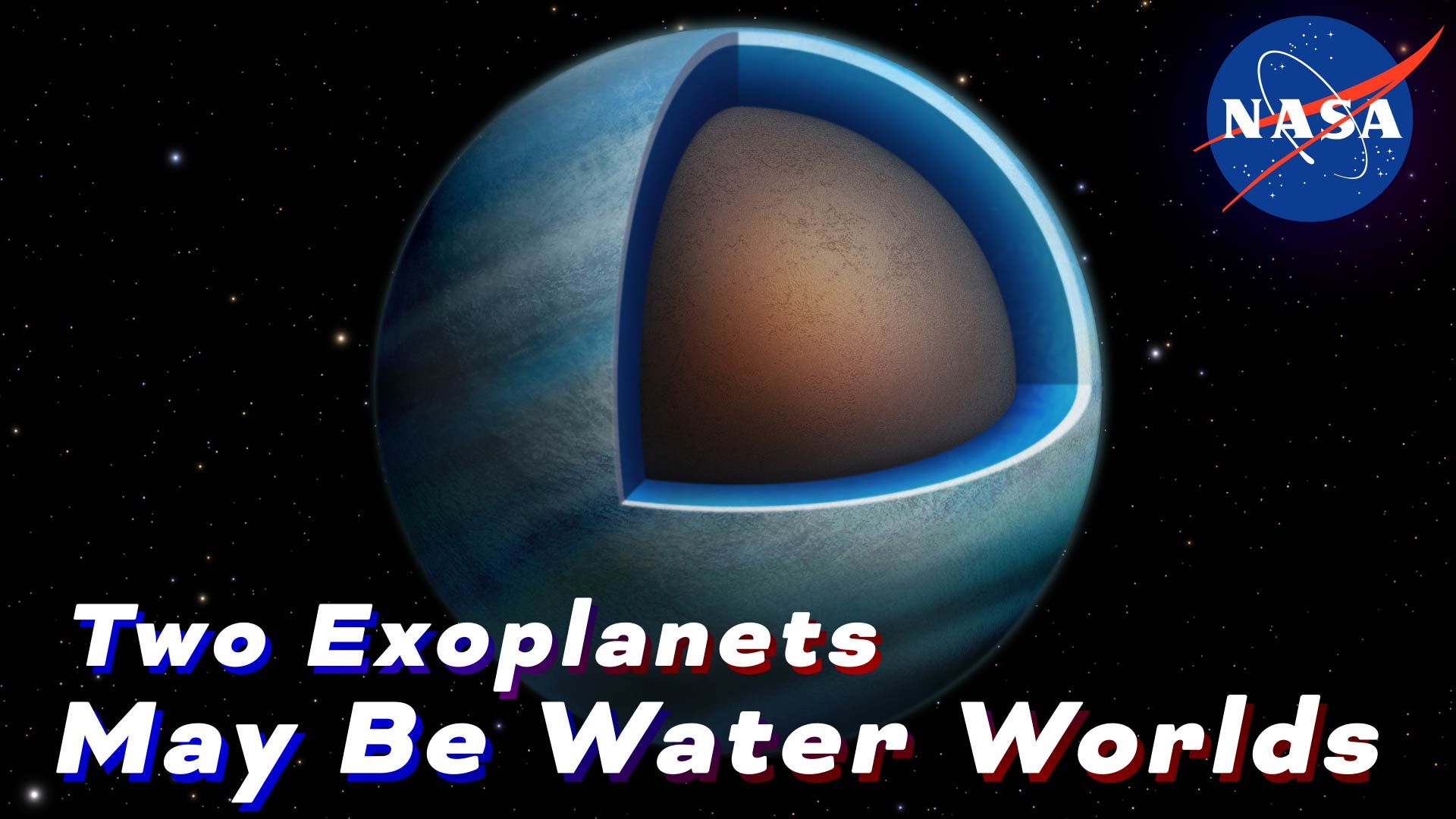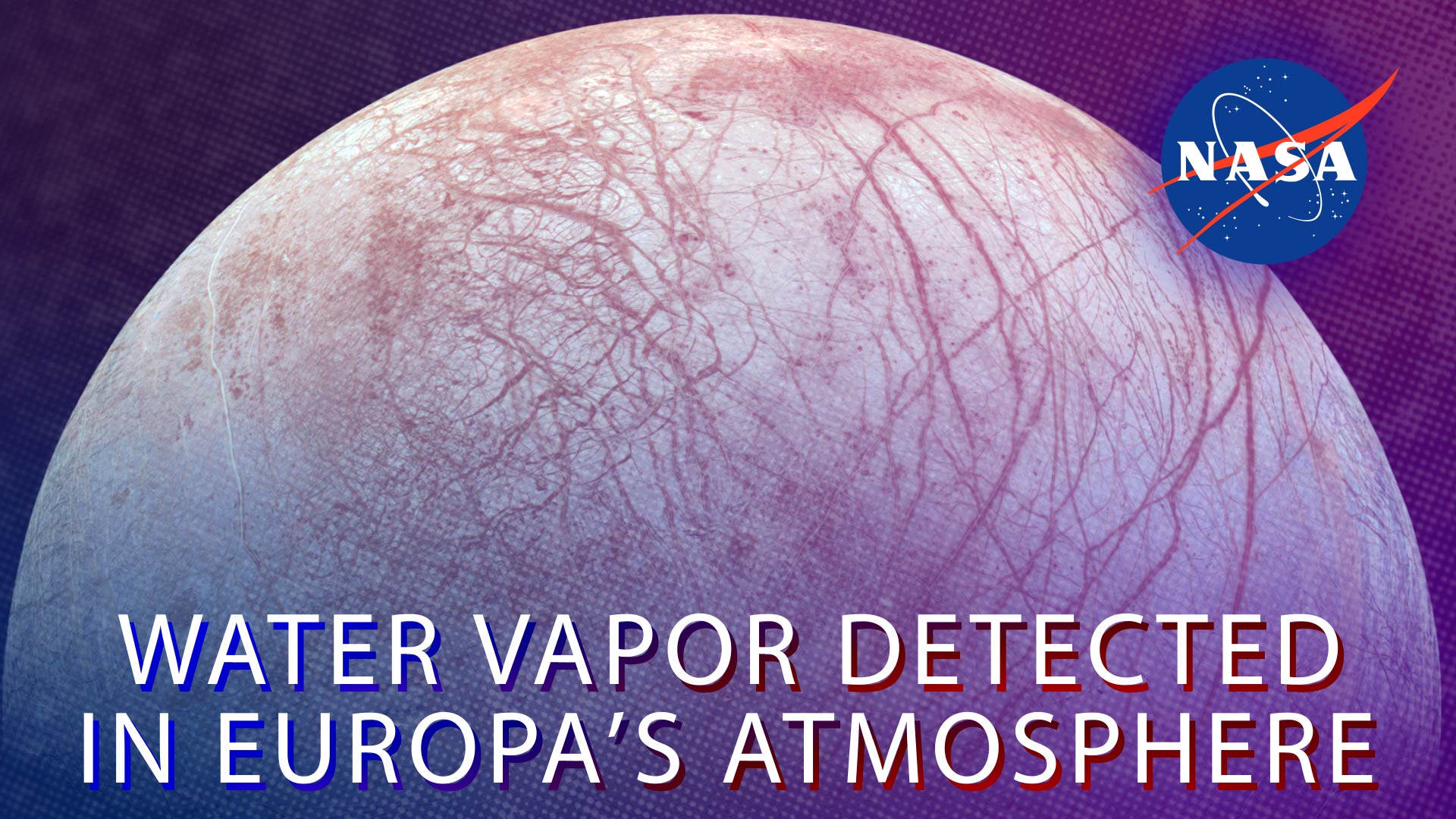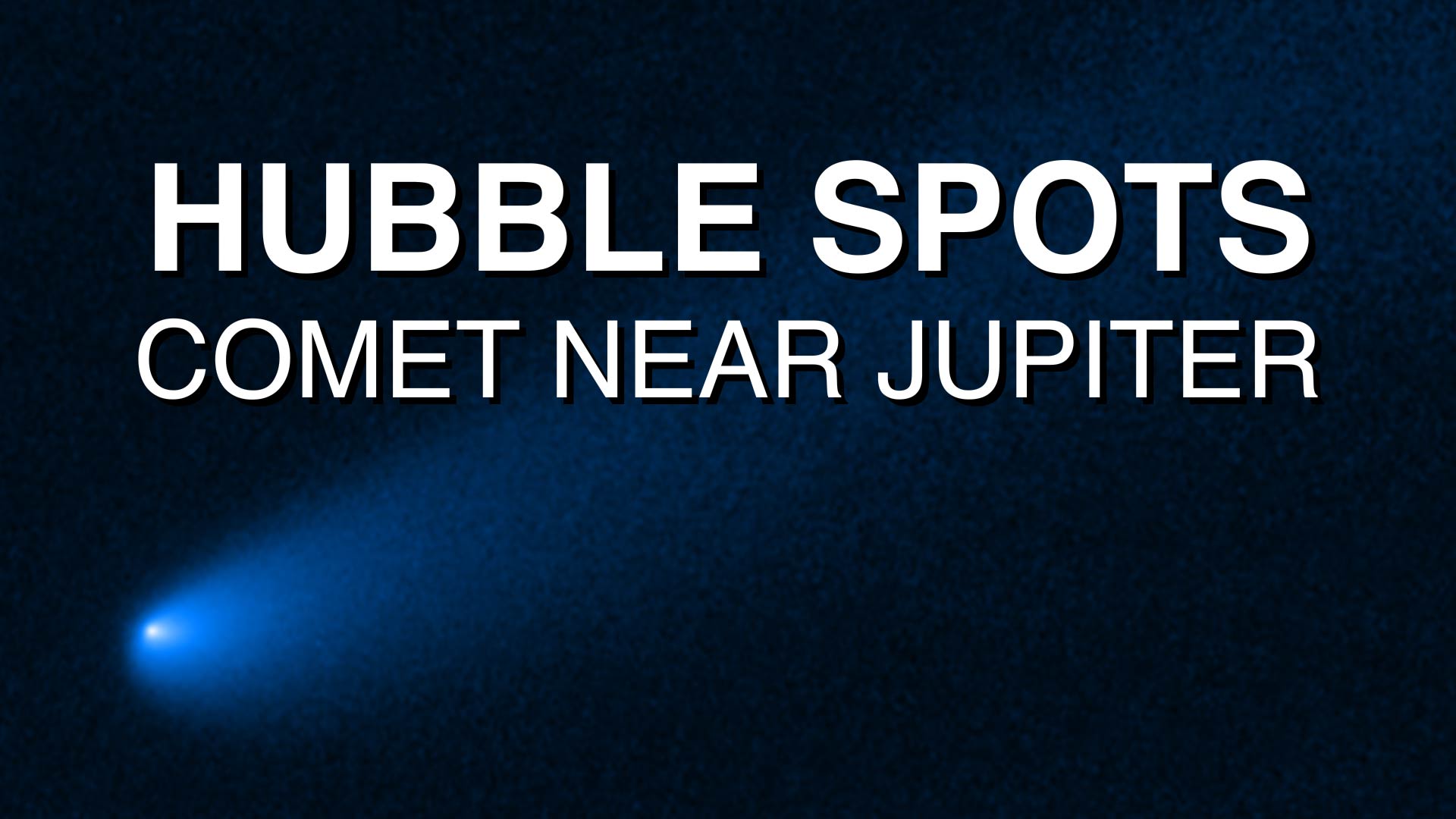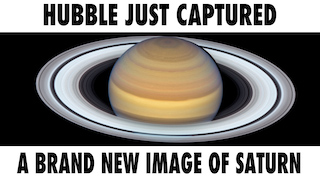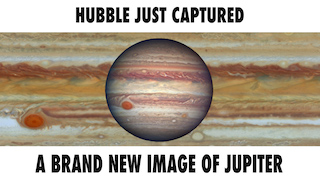Hubble Finds Evidence of Water Vapor at Jupiter’s Moon Ganymede
Astronomers have used new and archival datasets from NASA’s Hubble Space Telescope to uncover evidence of water vapor in the atmosphere of Jupiter’s moon Ganymede.
The vapor is present due to the thermal excitation of water molecules from the moon’s icy surface.
Previous research has offered circumstantial evidence for the moon containing more water than all of Earth's oceans. However, temperatures there are so cold that water on the surface freezes and the ocean lies roughly 100 miles below the crust.
For more information, visit https://nasa.gov/hubble.
Credit: NASA's Goddard Space Flight Center
Paul Morris: Lead Producer
Andrea Gianopoulos: Science Writer
Tracy Vogel: Science Writer
Additional Credits:
Artist’s Impression of Ganymede: Credit: ESA/Hubble, M. Garlick
Artist’s Impression of a Sublimated Water Atmosphere on Ganymede: Credit: ESA/Hubble, J. daSilva
NASA’s Juno Spacecraft Observation of Ganymede in June 2021
Video Artist’s Impression of Ganymede: Credit: ESA/Hubble, M. Garlick
Ganymede Spinning Globe: Credit: USGS Astrogeology Science Center
Music Credits:
"Mysterious Discoveries" by Bertrand Allagnat [SACEM] via Koka Media [SACEM], Universal Production Music France [SACEM], and Universal Production Music.
Master Version
Horizontal version. This is for use on any YouTube or non-YouTube platform where you want to display the video horizontally.
Vertical Version
This vertical version of the episode is for IGTV or Snapchat. The IGTV episode can be pulled into Instagram Stories and the regular Instagram feed.
Credits
Please give credit for this item to:
NASA's Goddard Space Flight Center. However, please credit individual items as indicated above.
-
Producer
- Paul Morris (KBR Wyle Services, LLC)
-
Writers
- Tracy Vogel (InuTeq)
- Andrea Gianopoulos (ASRC Federal System Solutions)
-
Technical support
- Aaron E. Lepsch (ADNET Systems, Inc.)
Release date
This page was originally published on Monday, July 26, 2021.
This page was last updated on Wednesday, May 3, 2023 at 1:44 PM EDT.
